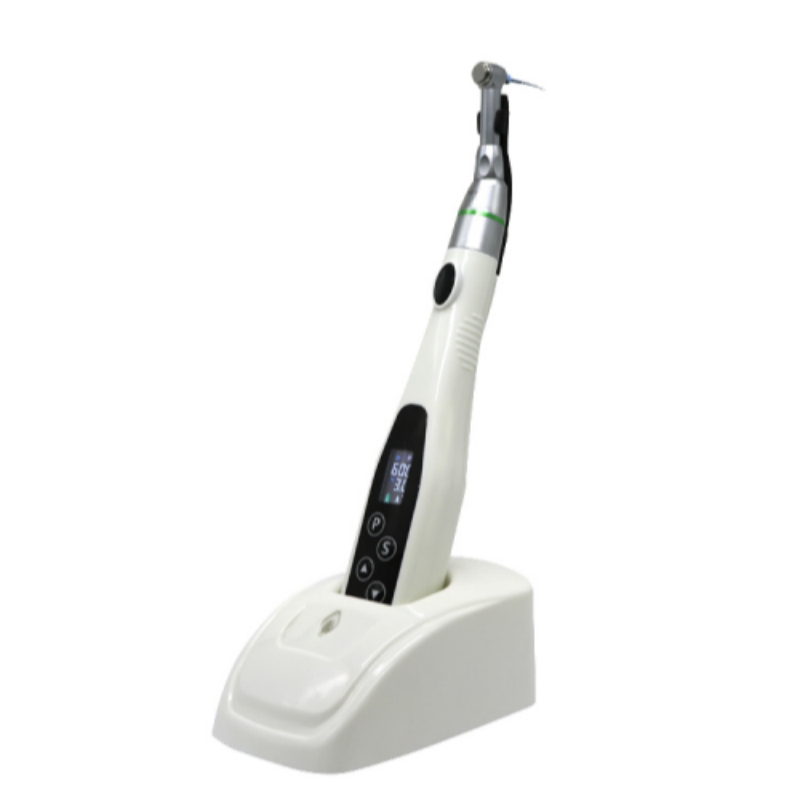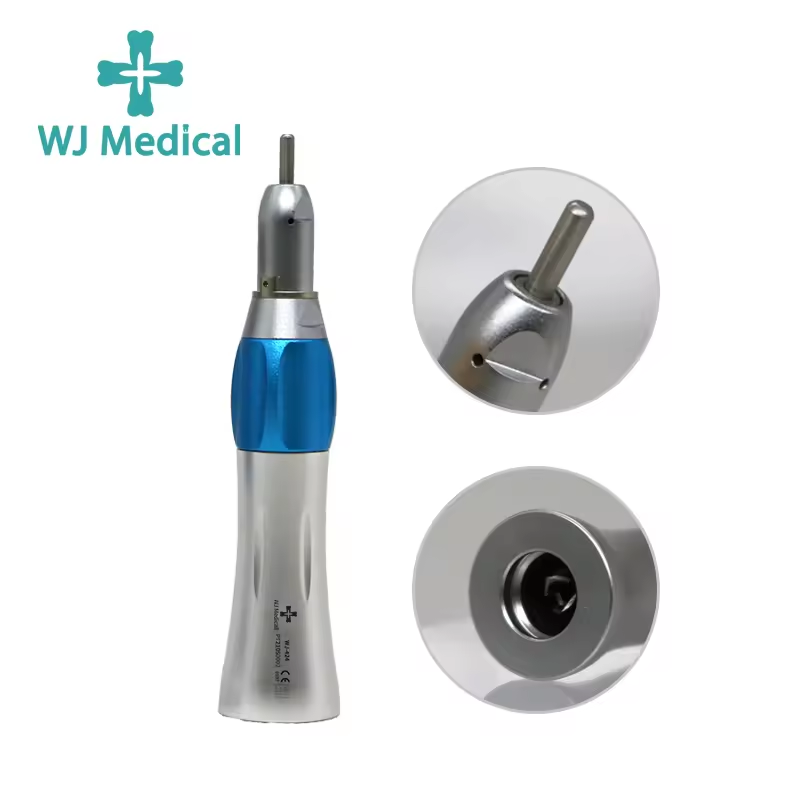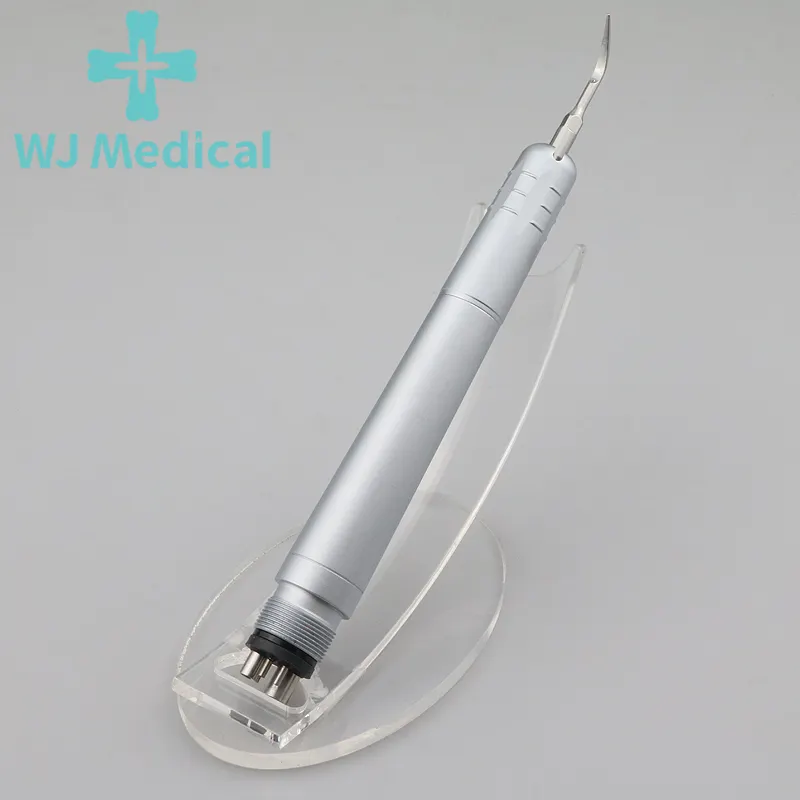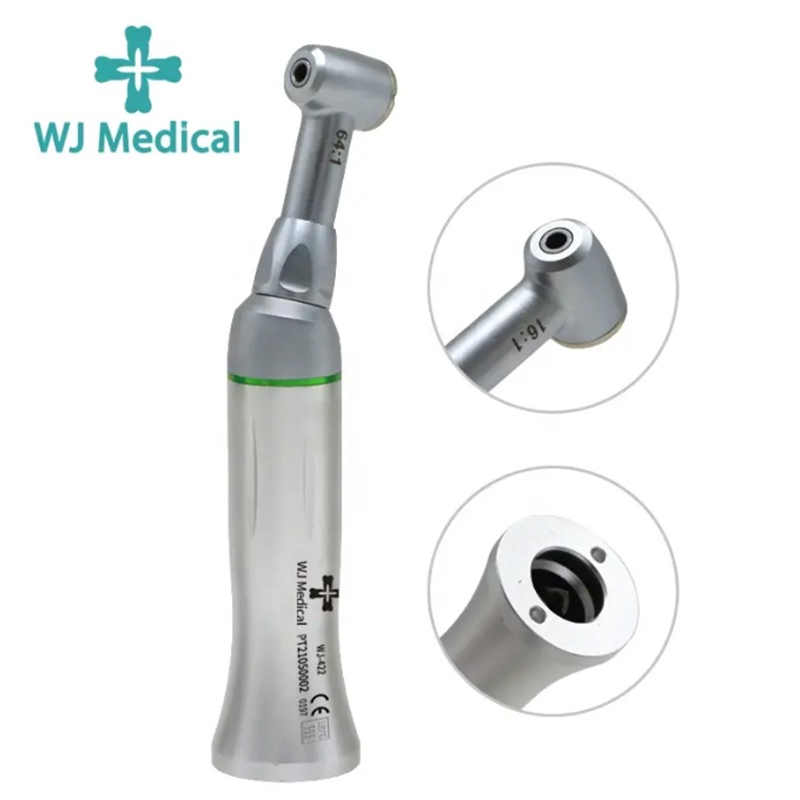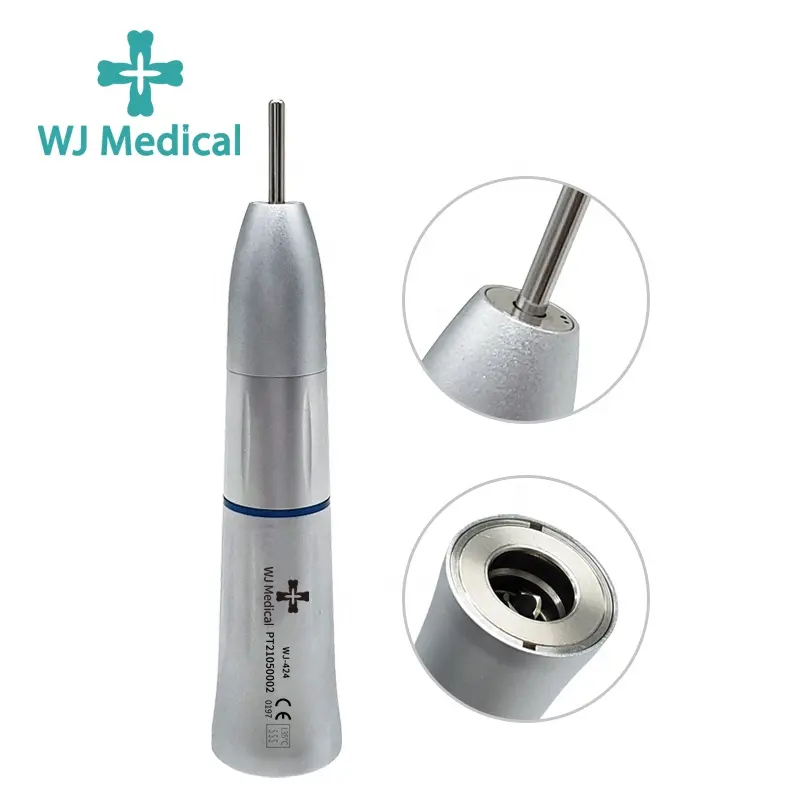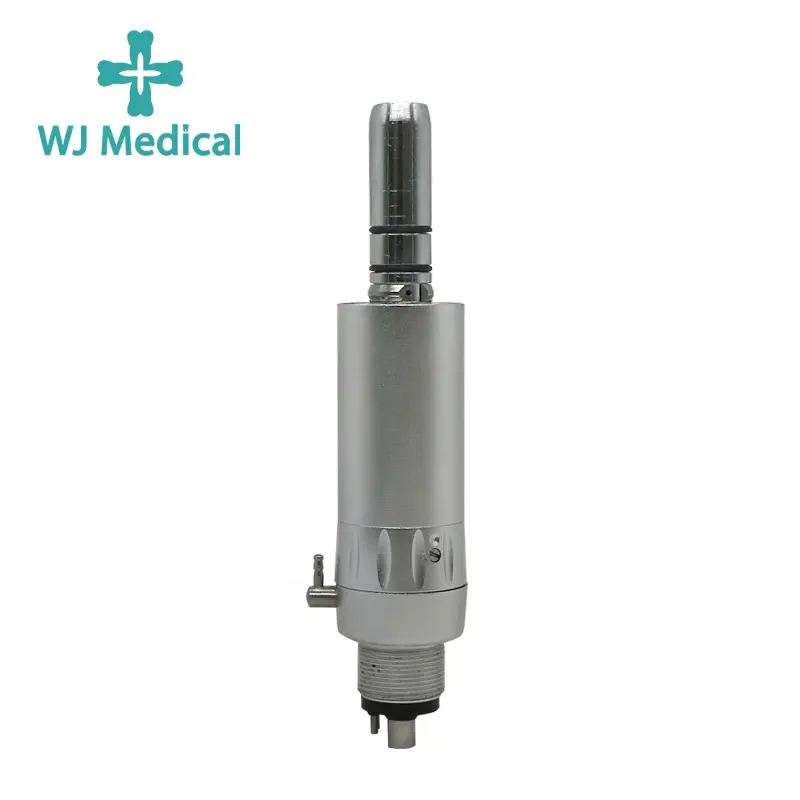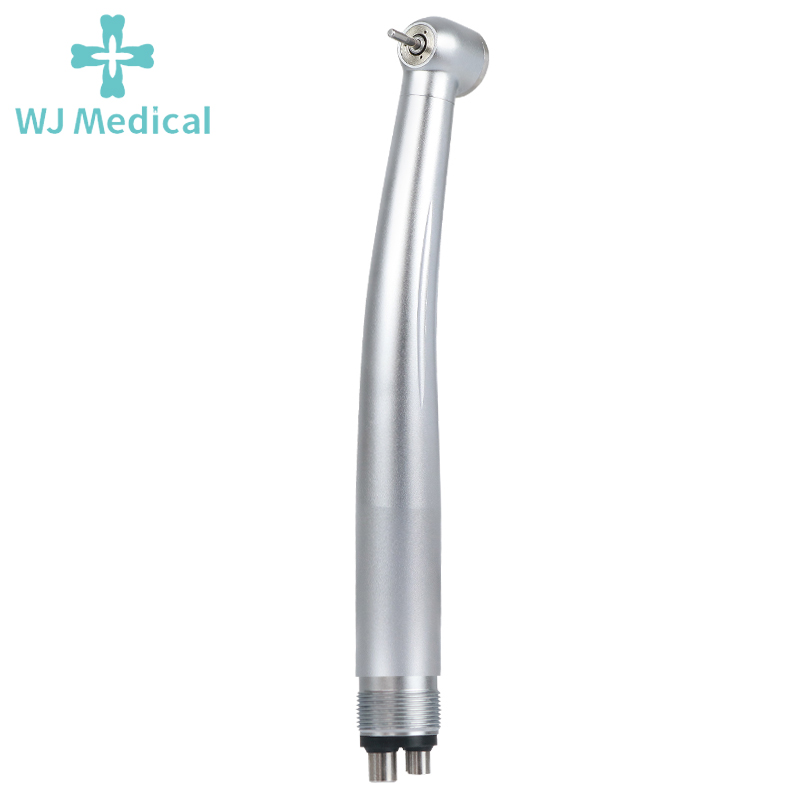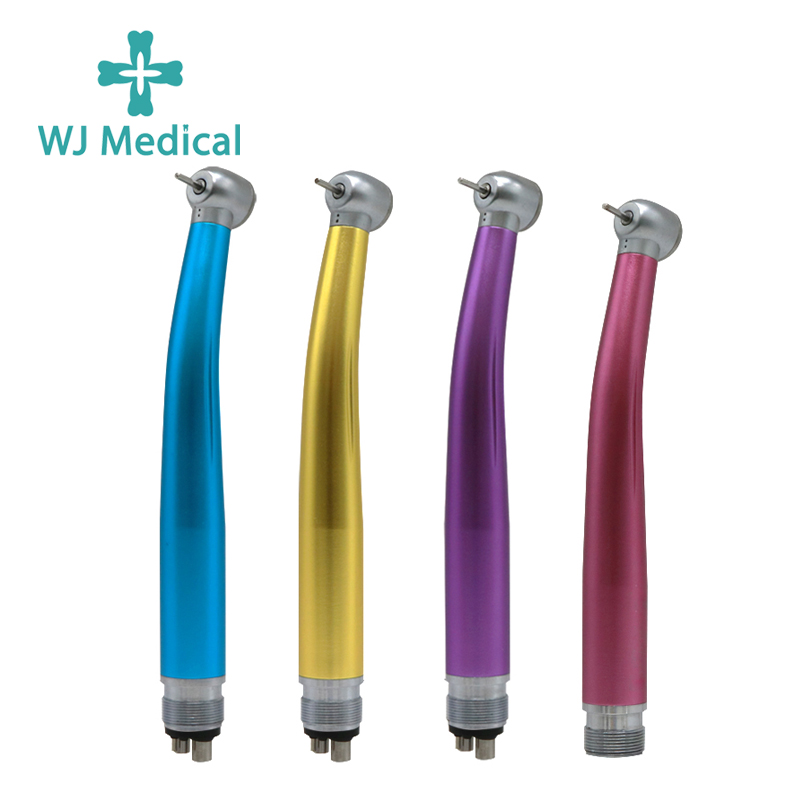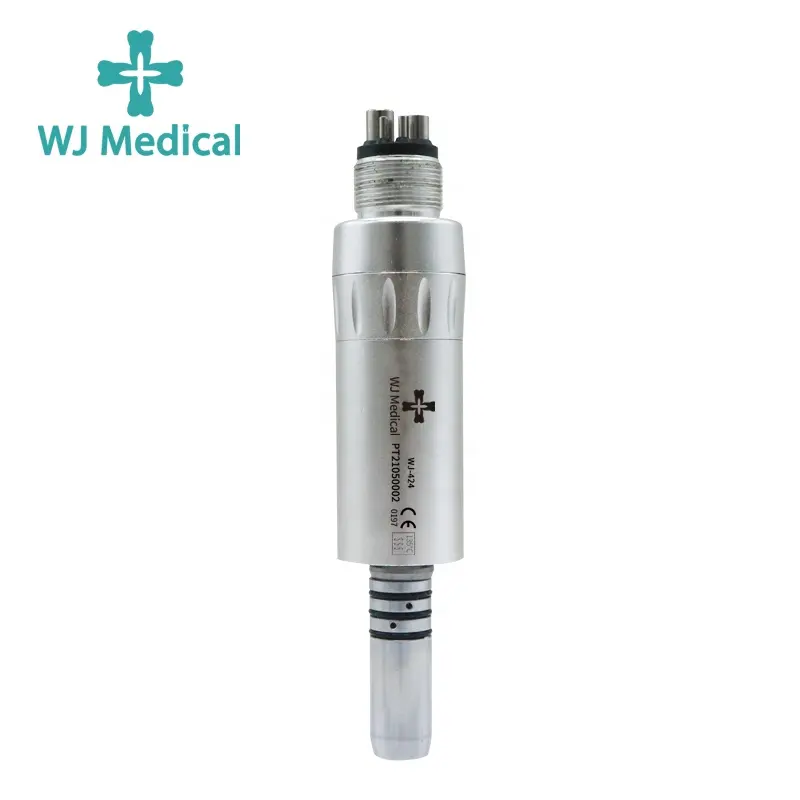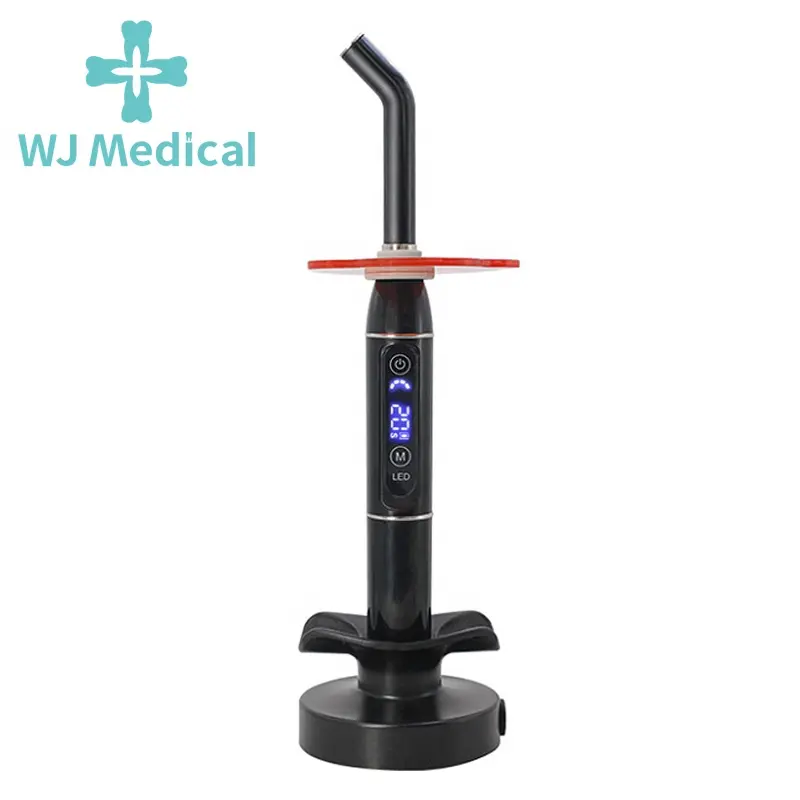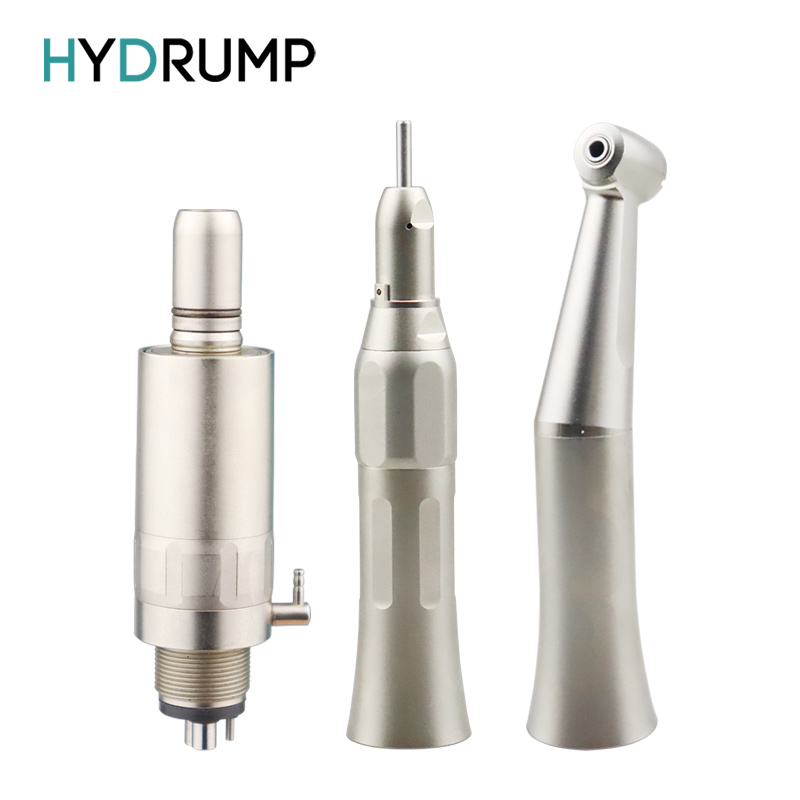What is the speed of a dental endomotor?
The speed of a dental endomotor, or endodontic motor, can vary depending on the specific model and its designated use. Generally, these motors are designed to operate at various speeds to accommodate different dental procedures, particularly those involving root canal treatment.
Some dental endomotors may offer a range of speeds, typically measured in revolutions per minute (RPM), to allow dentists to adjust the speed according to the needs of the procedure. For example, some endomotors may have a low-speed setting for delicate work, such as initial shaping of the canal, and a higher-speed setting for more aggressive cutting or cleaning.
Additionally, modern dental endomotors often incorporate advanced features such as torque control and variable speed settings, which enable dentists to maintain precise control over the instrument during treatment. These features help to ensure that the procedure is both effective and comfortable for the patient.
However, it is important to note that the actual speed of a dental endomotor during use will depend on factors such as the type of procedure being performed, the condition of the tooth, and the dentist's preferences and technique. Therefore, it is not possible to provide a single, definitive speed for all dental endomotors.
If you are interested in the specific speed of a particular dental endomotor model, it is recommended to consult the manufacturer's specifications or contact a dental supply company for more information.
